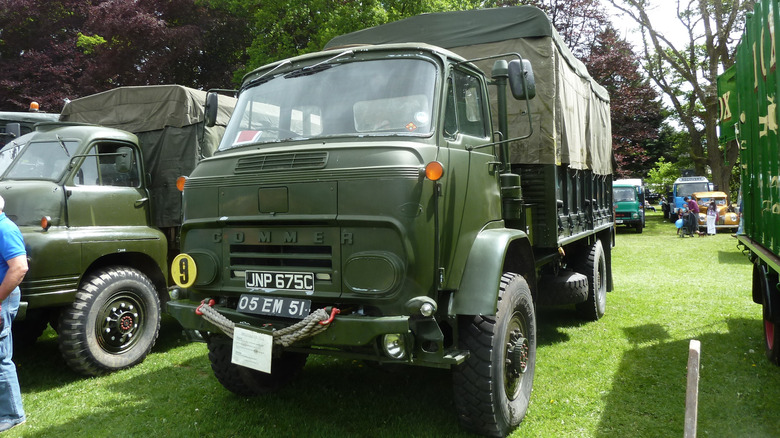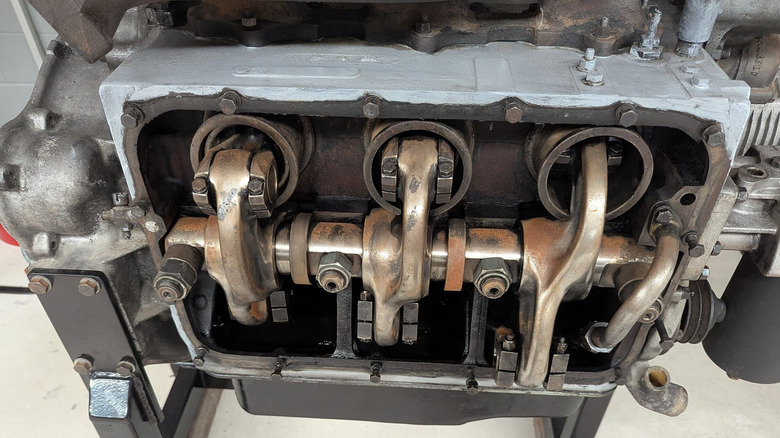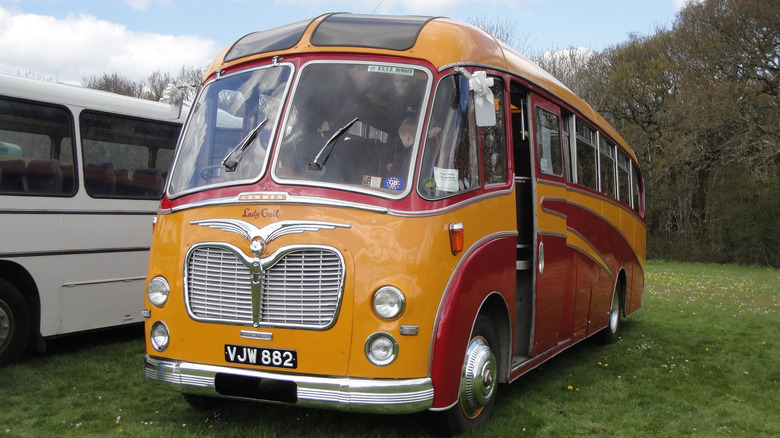What Makes The Commer Knocker Engine So Unique? (And How Does It Work?)
If you are a motorhead, an unusual engine will immediately get your attention. Most vehicles today have either an inline or V-shaped configuration, so anything peculiar will immediately stick out. If you thought Mazda's Rotary engine was unique, wait until you set your eyes on the Commer Knocker engine. Developed in the 1950s and 1960s for British Commer trucks, the TS3 is a two-stroke, three-cylinder diesel engine with an opposed-piston design. This layout is quite rare outside industrial or military settings.
Conventional engines are designed to have a single piston moving up and down a cylinder. The Commer Knocker engine, on the other hand, has two pistons per cylinder, moving in opposite directions (with piston heads facing each other) and a single crankshaft beneath the cylinders. The weird configuration of the Commer Knocker engine, combined with its Roots-type blower and distinctive knocking sound, gave it a compact size, high torque output, and a signature idle rattle – hence the name Commer "Knocker."
How the Commer Knocker works
Each of the TS3's three cylinders contains two pistons – one on each end. The piston heads face each other and move towards and away from each other. Think of a boxer, punching the top of his fists together. This unusual design eliminates the need for a cylinder head and all the accessories that come with it, including the valve gear. Most opposed piston engines normally use two crankshafts. The TS3 routes both pistons' motion to a single central crankshaft with the help of connecting rods and rocker levers, helping maintain its compact size.
Being a two-stroke, the engine makes power each time the pistons move away from each other, rather than once every two cycles like a four-stroke. As the TS3 doesn't have a cylinder head, instead of your conventional valves, it features exhaust and intake ports on the cylinder walls. Timing is critical in this setup to help prevent losing fresh air through the exhaust port. This is cleverly handled by the engine's piston movement design.
Why it mattered and is still important
The fact that the Commer Knocker engine is strange is no bad thing. It's still considered an automotive marvel just by how it functions. Its compact design made it perfect for cab-over-engine (COE) trucks that had limited space. Even though it had a compact underfloor layout and featured no cylinder heads, it was still capable of 105 hp and 270 lb-ft of torque, which was quite impressive considering its small footprint.
The distinct "knocker" metallic rattle sound from its port timing and combustion pulses made it recognizable even from a distance. However, perhaps the most impressive thing about the TS3 was its mechanical simplicity and engineering genius. Using ports instead of valve trains made it less complex. It has been described as strange, weird, and odd, but years later, after production stopped in the 1960s, historians, diesel enthusiasts, and engineers still marvel at its design.


